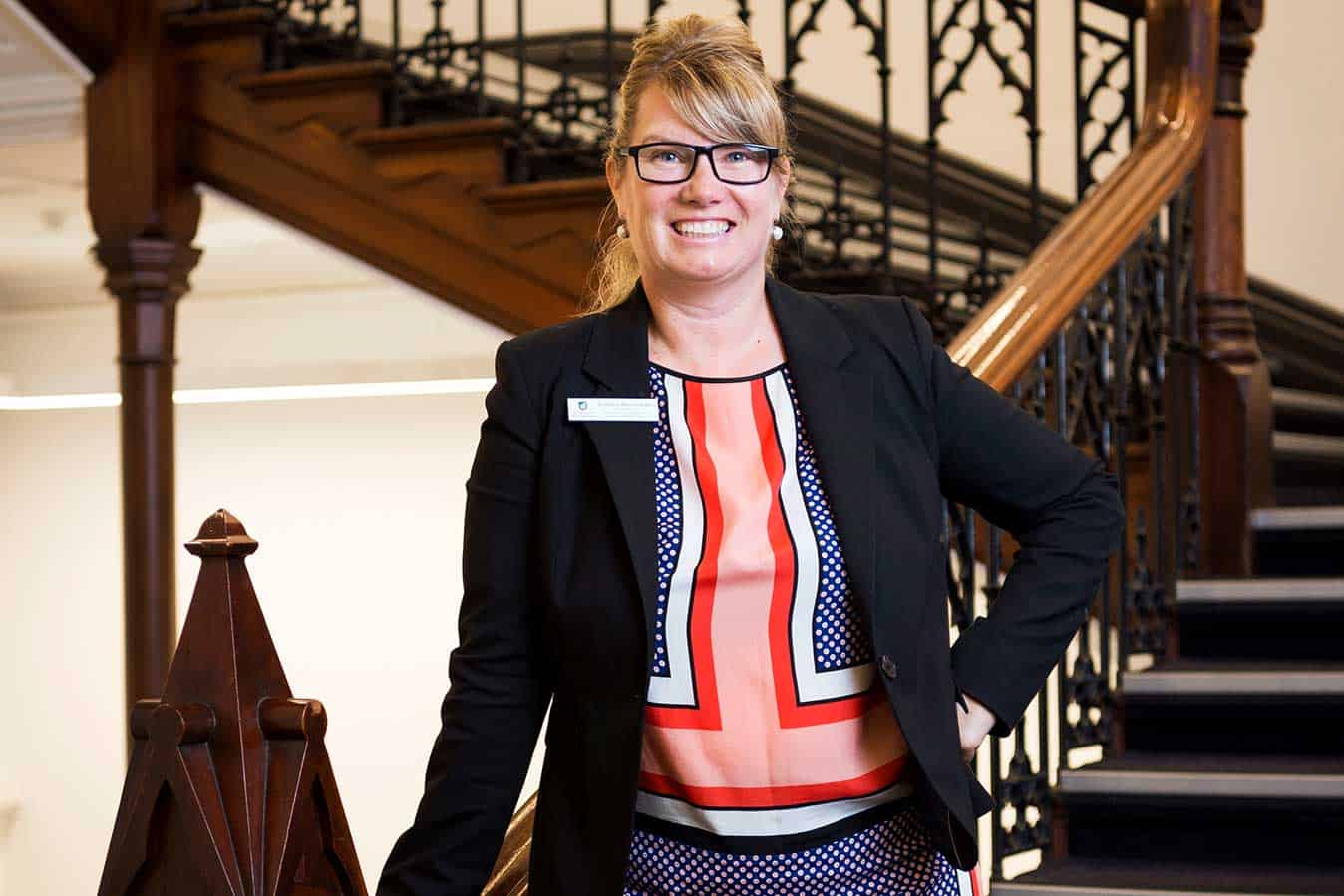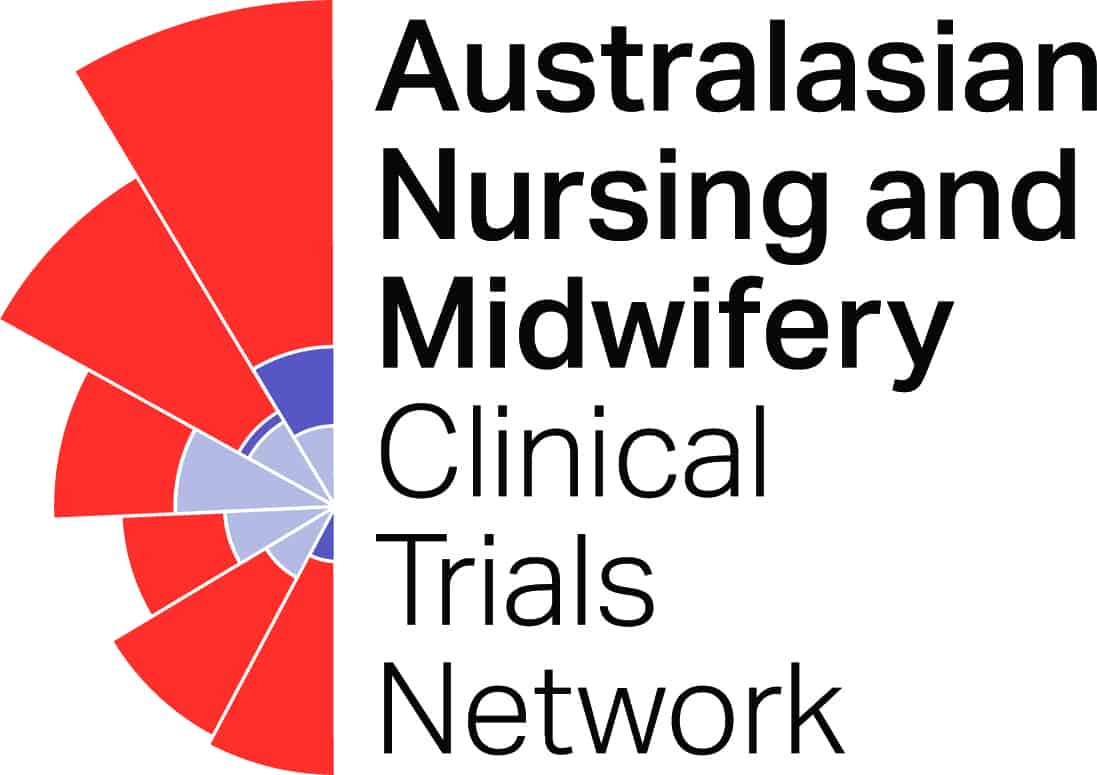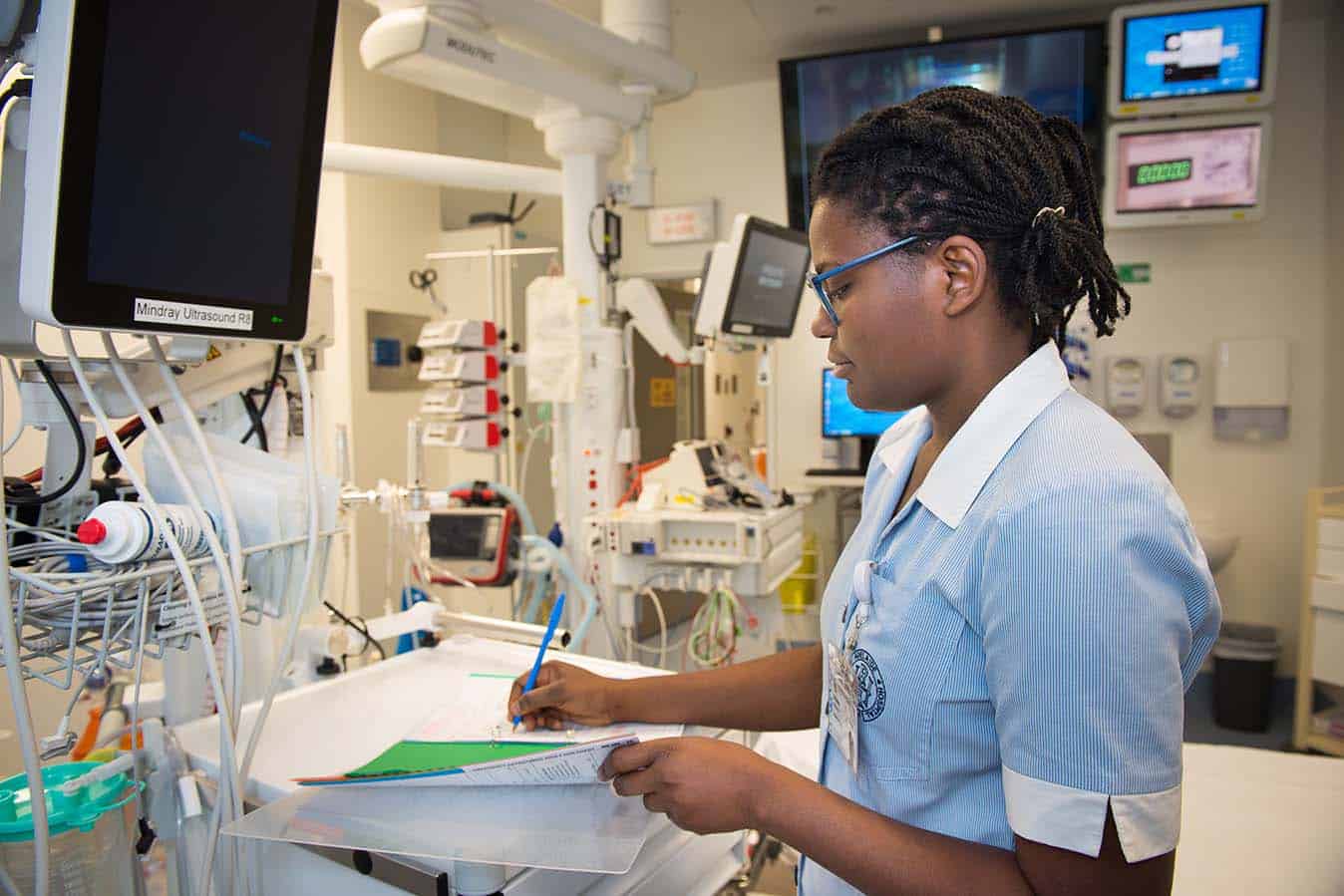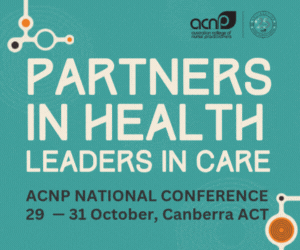The recently formed Australasian Nursing and Midwifery Clinical Trials Network (ANMCTN) is set to elevate and support nursing and midwifery research across Australasia.
The world first Network, formed in 2020, brings together academic institutions to enhance, support and facilitate nurse or midwife-led clinical research.
Professor Marion Eckert, Director of the Rosemary Bryant AO Research Centre (RBRC) at University of South Australia, said the idea was born in 2019 when a group of nurses in academia discussed how nursing and midwifery research was ‘falling behind’ and failing to get funding in favour of other projects.
“We were wanting to know how to get on the bus basically, around breaking the profile that nurses and midwives actually do research.”
The academics concluded that they wanted to build focus on bringing awareness and support for nurse and midwife researchers.
Instigated and coordinated from the RBRC, the group of enthusiastic academics from across the country formed, pledging to take on the project on top of what they were already doing because they could see the benefits.
Seeking funding to set up ANMCTN from the Council of Deans, the group argued their case by identifying the gaps in nursing and midwifery research.
They reasoned that nurses and midwives, who, despite making up 60% of the healthcare workforce, were often underrepresented in the leadership of large-scale clinical research projects and clinical trials. Further, they argued, nurses and midwives received little of the pool of clinical research funding yet had tremendous potential to be influential by contributing to advancing science and knowledge in all aspects of healthcare.
“We needed a strategy because essentially nursing and midwifery is in every gamut of healthcare and therefore has a huge ability to contribute to evidence-based practice,” said Professor Eckert.
Ultimately, the group believed the work of the Network could retain nurses and midwives in the professions, offer sustainable career pathways, elevate the profile of nurse and midwife-led research, foster the next generation of healthcare research leaders and develop new industry partnerships.
After putting a prospectus together, which
included a value proposition to improve patient care, advance clinical care and improve the efficiency of the healthcare system, the group brought 10 Universities on board as foundation members.

“This was just enough funding to get the Network started,” Professor Eckert said.
Since then, the Network has grown to 25 universities from across all states and territories, including all five Universities from New Zealand.
The association has also expanded to invite professional organisations.
“We are trying to encourage as many membership groups to join as possible,” Professor Eckert said.
Network membership also extends to individual nurses and midwives who work anywhere in health. Professor Eckert said she would like to attract people interested in evidence-based practice or want to understand more about research.
“It’s those people we want to hear from too.”
A key focus of the Network is building infrastructure and strategy to support people when they apply for grants.
Professor Eckert said that as grant tender submissions are highly competitive, the ANMCTN can strengthen nurse and midwife research applications. Additionally, she suggests when clinical research is conducted across networks, it attracts a more significant proportion of competitive funding.
“This is something we are building on at the moment because now we have moved through the governance structure, the brand, the membership and the funding, we are moving into, ‘let’s support people to get their grants.

“When people send their application for a clinical trial, we will assist and guide them if they want to submit a grant. We are happy to review the grant, and we are happy to endorse it” Professor Eckert said.
Currently, there is a lack of sufficient supporting structures for nurses and midwives interested in clinical research.
“So if we could become that trusted party, and build network support, then that would be brilliant,” Professor Eckert said.
“It doesn’t matter if they are in Mt Gambier or Mt Isa; we would hope that they would engage with the Network.”
The Network is also moving into the stage where similar interest group members are being connected to build collaboration among nursing and midwifery clinical researchers and provide opportunities for sharing resources.
“We may have people working on [similar] informal projects in other states that we can put together, and when they are linked, they can build on what they have been working on.” Professor Eckert said.
The Network also plans to facilitate new education pathways.
“We are in the process of developing a strategy for a suite of online platforms for getting started and understanding research. We are also running some seminars.”
Professor Eckert is not aware of any similar nursing and midwifery network like the Australasian Nursing and Midwifery Clinical Trials Network in the world.
“In other disciplines, there are networks, but they focus on diseases like musculoskeletal, cancer and cardiac, stroke and things like that. We focus on the profession and bringing the profession together.”
To find out more and sign up for the Network, go to: anmctn.com.au









